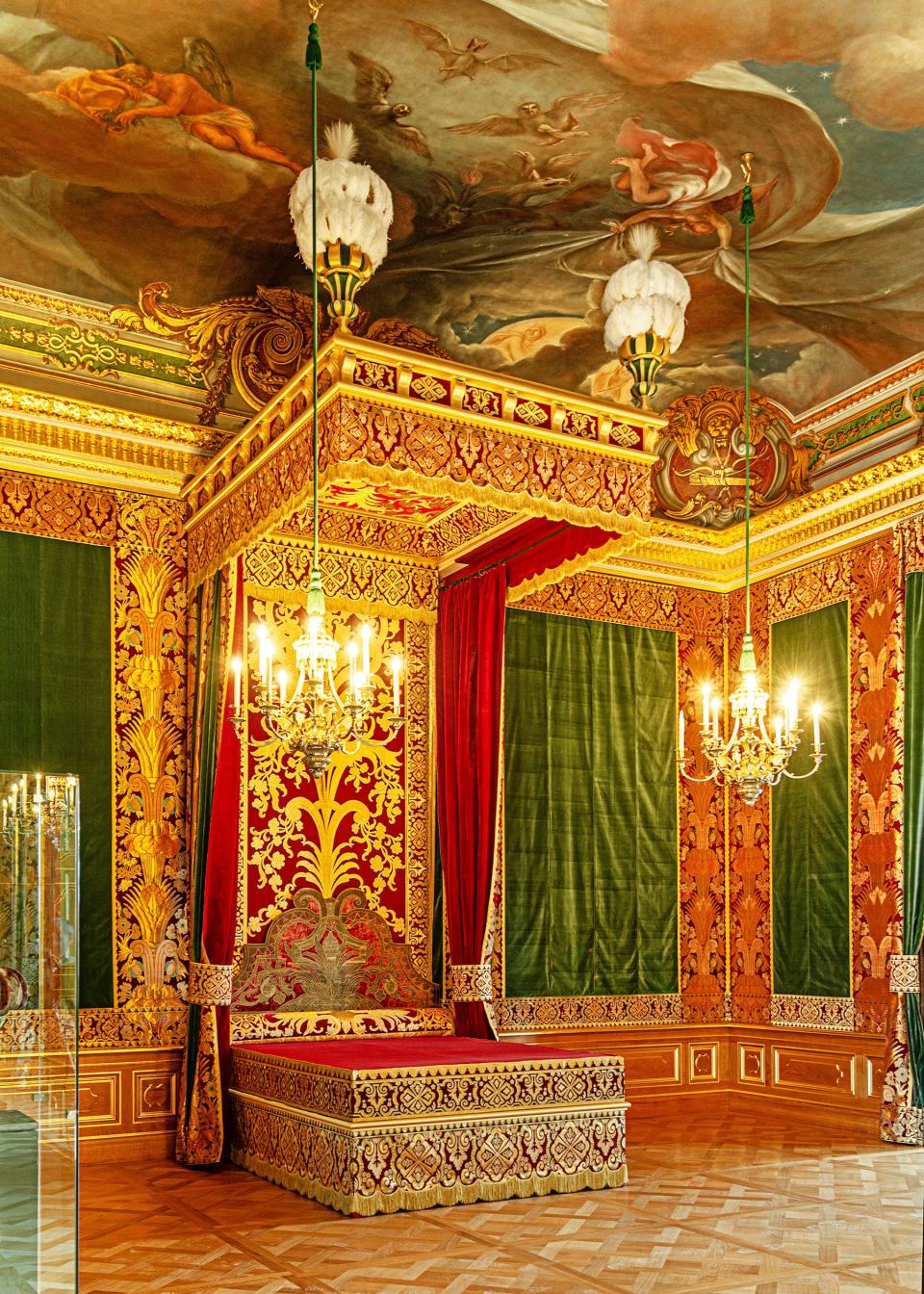Dresden's Museum of Decorative Arts Unveils Its Reconstructed Royal Staterooms
It was the wedding of the century. In 1719, Prince Frederick Augustus married Archduchess Maria Josepha, a strategic union between the Saxon court and the Habsburg empire. As part of a monthlong celebration in Dresden, Frederick’s father, Augustus the Strong, unveiled staterooms at the royal palace for which he commissioned the most exquisite furnishings, textiles, and works of art a pomp-loving profligate could buy. “Augustus the Strong wanted to establish himself as one of the important rulers in Europe,” says Thomas Geisler, director of Dresden’s Museum of Decorative Arts. “He definitely made a statement.”

Just in time for the 300th anniversary of the historic nuptials, the rooms have opened to the public following a multiyear reconstruction by hundreds of artisans. During World War II, Allied bombs reduced the palace to a burned-out shell. Fortunately, much of the collection was spirited away to safe locations, while color photographs taken before the bombing aided in the re-creation of ceiling murals done by court painter Louis de Silvestre. Just as in Augustus’s day, visitors now pass through a choreographed sequence of rooms, each more impressive than the last. The progression—a highlight of which is the Tower Room, displaying prized Meissen porcelain—culminates in the Audience Chamber (with the restored original throne) and the adjacent bedchamber. The latter, an inner sanctum reserved primarily for family, contains what Geisler describes as “the most extravagant object,” the ceremonial bed lavished with “double layers of gold weavings and embroideries” that have been re-created in their entirety based on the original headboard. “Room by room,” he adds, “the quality of the materials—whether silk, silver, gold, whatever—and the craft just gets richer and richer.” skd.museum
Originally Appeared on Architectural Digest

